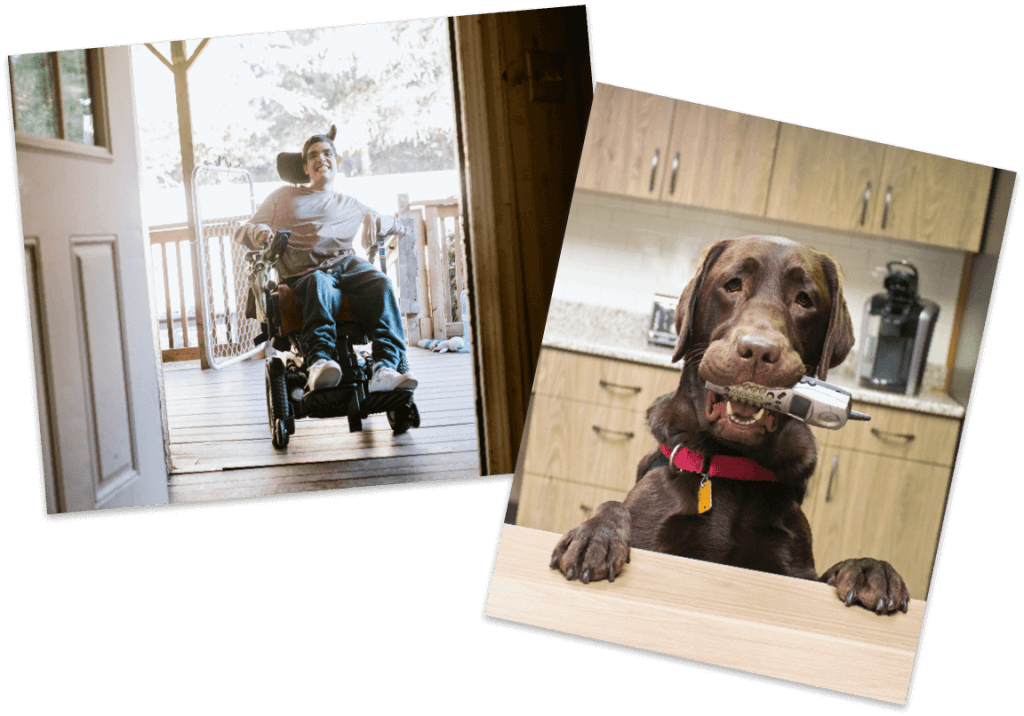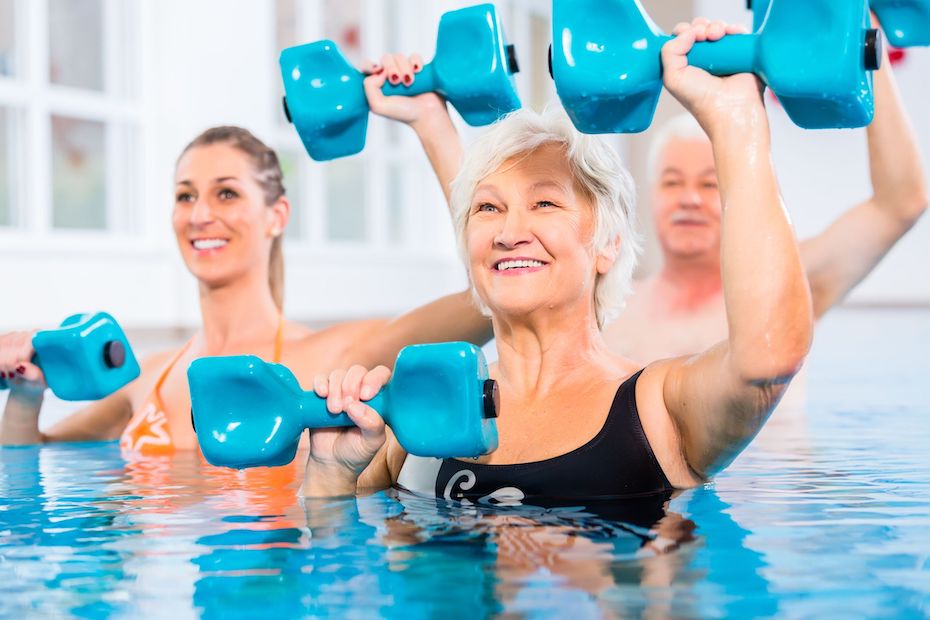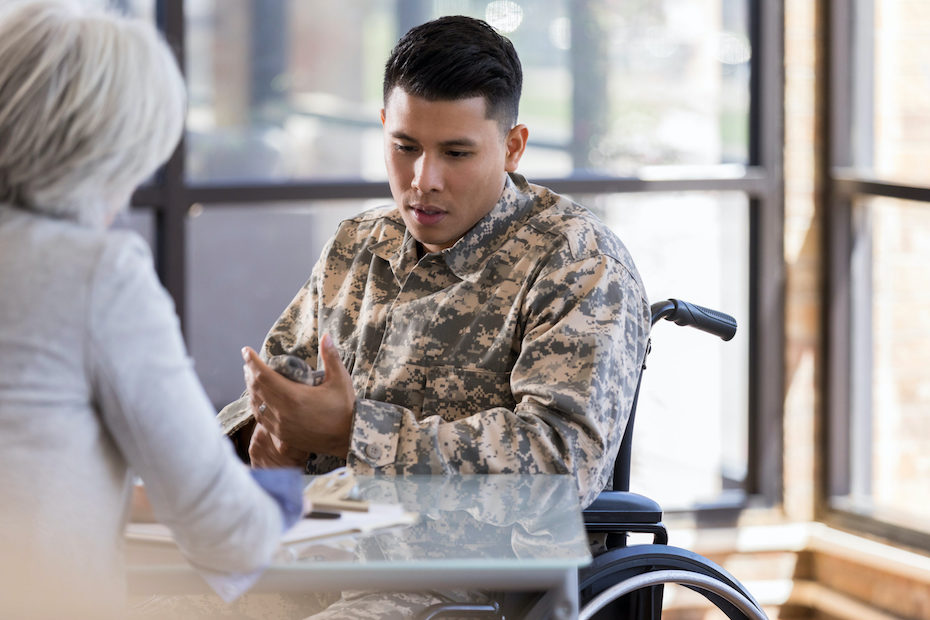Over 21 million adults in the United States between the ages of 18 and 64 live with a disability. Some may use wheelchairs, while others might have trouble walking, seeing, or hearing. However, having a disability doesn’t mean that someone is relegated to poor health. In fact, there are many physical activities for adults with disabilities, both modified and traditional. In this blog, we’ll address commonly asked questions about fitness for individuals with disabilities to provide a comprehensive overview of the topic.
What Does the CDC Recommend for Adults with Disabilities?
The CDC (Centers for Disease Control and Prevention) reports that daily moderate physical activity offers significant health benefits. For people with disabilities, the CDC recommends 30-40 minutes of moderately intense activity or 20 minutes of strenuous activity every day. And maintaining a regular exercise schedule of longer or more high-intensity workouts brings increased health benefits.
What are the Benefits of Physical Activities for Adults with Disabilities?
Individuals with disabilities who regularly exercise experience a wide range of physical, mental, and emotional benefits. You’ll find a handful of these recreation benefits for people with disabilities below:
Physical
- Reduced risk of heart disease, high blood pressure, colon cancer, and diabetes
- Increased stamina and muscle strength in those with chronic, disabling conditions
- Reduced joint swelling associated with arthritis
Mental
- Reduced symptoms of anxiety and depression
- Increased cognitive performance and awareness
Emotional
- Improvement in mood and self-perception due to endorphins
- General sense of happiness and well-being
- Reduced stigmatization and negative stereotypes
- Increased social integration and friendships
- Enjoyable interactions with peers and fitness staff
- Reduced feelings of isolation and social withdrawal
- Higher levels of independence and a better quality of life

UDS Can Help You Live A Fuller Life With Our Comprehensive Services:
Planning & Support – Our dedicated planning & support teams help manage the care and services you need.
Personal Care & Independence – We’ve helped people with disabilities live more independently in their own homes since 1965.
Enrichment & Life Skills – Our variety of programs is dedicated to building skills for living well with a disability.
What Types of Exercise are Best for People with Disabilities?
When it comes to physical activity, it’s important to remember that adults with disabilities have varying ability levels. The three main types of exercise are aerobic, strength, and flexibility. Let’s take a closer look at each category.
Aerobic Exercises
38% of adults with disabilities don’t participate in sufficient aerobic activity, compared to 54% of adults without disabilities. As a result, individuals with disabilities are three times more likely to have diabetes, heart disease, stroke, cancer, and other chronic conditions.
Experts recommend that able-bodied adults get 2.5 hours a week of moderate intensity aerobic exercise, 1.25 hours of vigorous intensity aerobic exercise, or a mix of the two. While this may not be possible for people with disabilities, there are still ways for them to get aerobic exercise. These include:
- Aquajogging
- Aquatic therapy
- Brisk walking
- Hand-crank/arm bicycling
- Horseback riding
- Portable pedal machines
- Rower-cycling
- Seated basketball, football, tennis, softball, or volleyball
- Swimming
- Video games (e.g. Wii Fit)
- Water aerobics
- Wheeling oneself in their wheelchair

Muscle Strengthening Exercises
Only 14% of adults with disabilities satisfy the muscle strengthening guidelines required for good health, as compared to 23% of adults without disabilities. The CDC recommends adults perform moderate or high-intensity activities that involve all of the major muscle groups two or more days a week. Strength training helps people with disabilities build muscle and improve their endurance.
Individuals in wheelchairs can perform muscle strengthening exercises that are just as beneficial as going to the gym. These include shoulder presses, bicep curls, pull-downs, and leg extensions, among others. Ultimately, muscle strengthening exercise helps adults with disabilities build muscle and bone mass, can help prevent falls, and improves their balance.
Flexibility Exercises
When it comes to fitness for individuals with disabilities, flexibility is just as important as aerobic exercise and muscle strengthening. Flexibility helps the body become more limber and promotes a wider range of motion in the muscles and joints. Additionally, flexibility exercises can be very relaxing. There are many ways to incorporate flexibility exercises into one’s daily routine, including:
- Stretching while lying down
- Stretching while seated in a wheelchair
- Tai Chi
- Yoga
What are the Barriers to Fitness for Individuals with Disabilities?
Despite the many benefits associated with exercise, there are often barriers that prevent individuals with disabilities from getting the recommended amount of physical activity. We’ll explore these barriers in more detail below.
Lack of Knowledge
In some cases, people with disabilities are unaware of accessible exercise spaces that are available to them. These spaces can include accessible gyms, community centers, and walking paths, just to name a few. And if they are aware of these spaces, they may not know how to go about using them.
Social Anxiety
Many people are reluctant to pursue physical activities for adults with disabilities due to social stigmas. They don’t want to be perceived as “different” or stand out among other people who are exercising. However, exercise is one of the best ways to combat these fears, as it can reduce stress and anxiety while boosting self-esteem and clearer thinking.
Physical Limitations
Some people with disabilities may have a fear of falling or have tried exercises in the past that were painful. Others may suffer from a lack of energy due to their disability. Health professionals must factor in each person’s ability level when choosing exercise options to accommodate their needs.
How Can Doctors Support Adults with Disabilities Who Want to Exercise?
Research shows that 82% of adults with disabilities are more likely to be physically active if a doctor recommends it. With this in mind, healthcare professionals should always encourage patients to take advantage of the recreation benefits for people with disabilities, as long as the exercise matches their ability levels. It’s also important for people with disabilities to consult with their doctor before starting an exercise routine.

Doctors should discuss the following with their patients:
- Their current physical activity levels
- Types of physical activity they enjoy
- Barriers to physical activity
- How they can add more physical activity to their lives
- How much exercise they can safely handle
- What types of exercise they should pursue
- What types of exercise they should avoid
It’s also important for doctors to recommend physical activities for adults with disabilities and refer them to resources and programs that can help them integrate more physical activity into their lives.
How Can Communities Support People with Disabilities Who Want to Exercise?
Another reason adults with disabilities often don’t get the exercise they need is due to a lack of community support. Facility administrators and community center directors must take an active role in providing individuals with disabilities with opportunities for regular physical activity. Most importantly, people with disabilities should be involved in the planning, implementation, and evaluation of these spaces and programs.
Community involvement also offers people with disabilities the opportunity to create friendships and build bonds with their peers, regardless of whether they have a disability. Making exercise fun encourages adults with disabilities to incorporate it into their daily lives. Social interaction and support is crucial for everyone, but it’s especially important for people with disabilities.
How Can Adults with Disabilities Create an Exercise Plan?
Creating a personalized exercise plan is the best way for people with disabilities to incorporate physical activity into their daily lives. They should start by figuring out their favorite type of exercise and the easiest way to add it to their day-to-day routine. It’s important to choose activities that match their ability level, even if they’re only exercising for a few minutes at a time.
An easy way to promote fitness for individuals with disabilities is to exercise at the same time every day. They should also consider mixing up the type of exercise they do to avoid getting bored. It can take one or two months to turn exercise into an automatic behavior, so they shouldn’t be discouraged if they don’t make progress immediately.
It’s essential to stretch, warm up, and cool down before and after any kind of physical activity. Adults with disabilities should drink plenty of water and stop exercising immediately if they experience any physical discomfort. And if they’re dealing with an injury or chronic pain, they should only exercise under the guidance of a physical therapist or other medical professional.